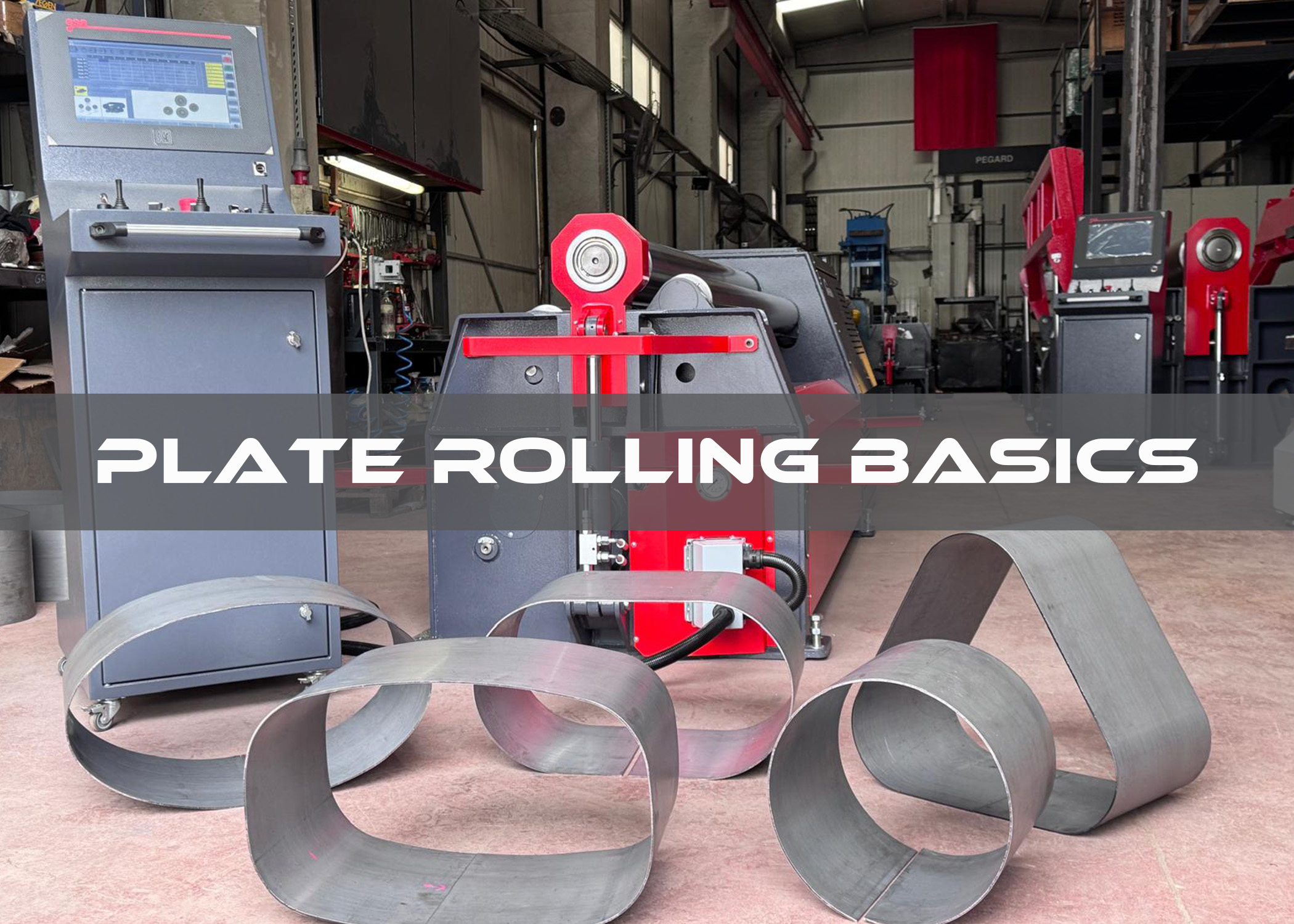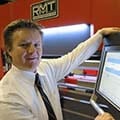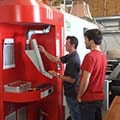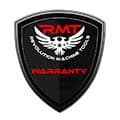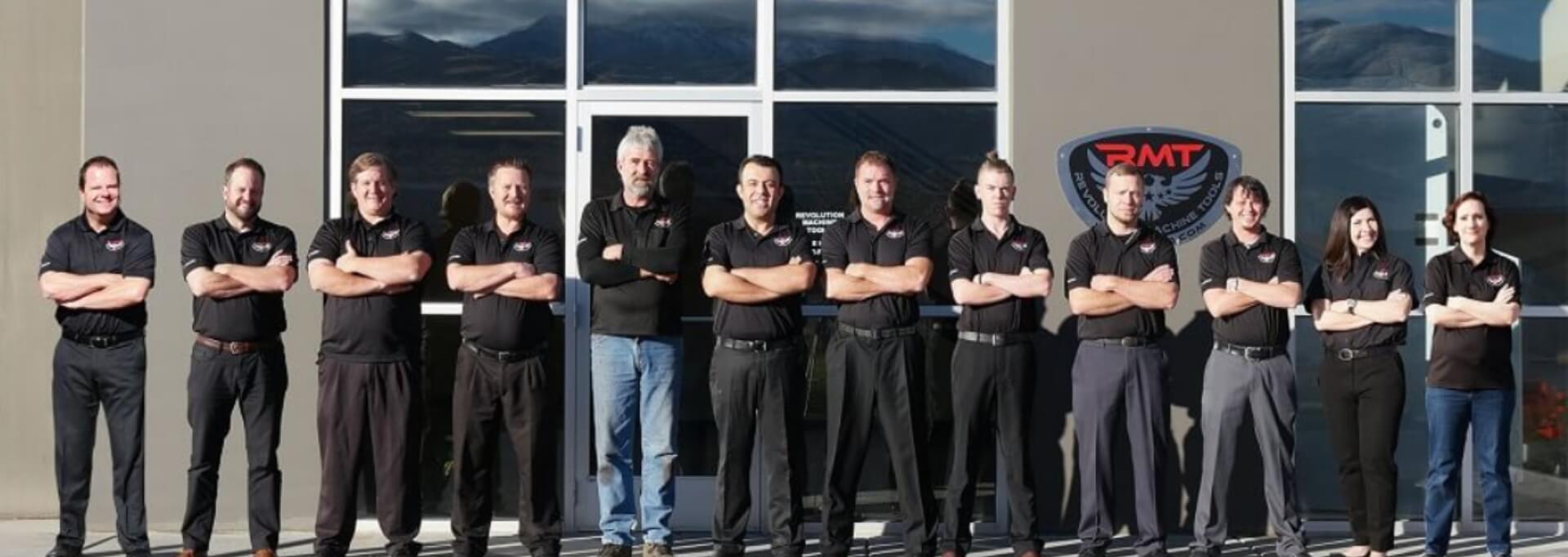New to plate rolls? (Or know someone who needs to learn about them?) The following introduction to plate rolling machines may be of help.
What Are Plate Rolls?
Those who begin a career in any aspect of metalworking quickly discover that shaping and forming metal sheets is one of the most important skills in the trade. Among the tools used to accomplish this, plate rolls play a vital role.
These machines use a set of heavy cylindrical rollers to bend flat metal sheets into curved, cylindrical, or other rounded shapes. By gradually applying pressure, the rollers force the sheet metal to bend without breaking. The process is called roll bending or plate rolling.
Plate rolls can handle a wide range of materials, from thin sheets of aluminum to thick steel plates, depending on the size and strength of the machine. From making simple conduits to fabricating large industrial tanks, plate rolls are essential in workshops big and small.
Key Vocabulary for Plate Rolling
Before learning how to operate a plate roll, it helps to understand some of the most common terms:
- Rollers (or rolls): The cylindrical shafts that press against the metal sheet. Typically, there are three or four rollers in a machine.
- Top roll: The upper roller that applies downward pressure on the metal sheet.
- Bottom rolls: The lower rollers that support and help feed the metal through the machine.
- Pinch point: The area where the metal sheet is gripped between the top and bottom rolls.
- Pre-bending: The process of removing flat spots at the edges of a sheet before rolling it into a cylinder.
- Rolling capacity: The maximum thickness and width of metal the machine can roll.
- Cone rolling: A technique used to roll metal sheets into conical shapes rather than cylinders.
- Springback: The slight unbending that occurs when metal relaxes after being rolled. Operators must compensate for this.
- Calibration: Adjusting the rollers to ensure even bending and accurate results.
Learning this vocabulary helps beginners understand machine instructions and communicate effectively with more experienced workers.
Types of Plate Rolling Machines
Plate rolls come in different designs, each suited to specific jobs. The three most common are:
- Two-roll machines. Simple design with one large roll and one smaller roll covered in a softer material. Best for thin sheet metal, often used in manufacturing smaller parts like ducts or enclosures.
- Three-roll machines. The most common type for general workshops. Available in different styles, such as pyramid (fixed bottom rolls) or variable geometry (horizontally movable bottom rolls). Can handle a wide range of thicknesses.
- Four-roll machines. Add an extra bottom roll, making sheet feeding easier and improving control. Allow for quicker pre-bending and more precise results. Preferred for larger or industrial-scale projects.
Essential Knowledge for Beginners
- Understanding Material Thickness and Width. Every plate roll has a maximum capacity. Attempting to roll a plate that is too thick or too wide can damage the machine—or worse, cause safety hazards. Beginners must always check the machine’s specifications before use.
- Pre-Bending. When you roll a sheet, the ends tend to stay flat if you don’t pre-bend them. By adjusting the top roll to apply more pressure at the edges, you can create a uniform curve along the entire sheet. Pre-bending is one of the most important skills to master in plate rolling.
- Adjusting for Springback. Because metal naturally resists bending, it “springs back” slightly when it leaves the machine. Operators must roll the sheet a little tighter than the final desired shape to compensate. Experience helps in judging how much springback to expect based on material type and thickness.
- Feeding and Alignment. The sheet must enter the machine squarely (at a perfect angle) to prevent uneven rolling. Beginners should take their time aligning the plate before engaging the rollers. Misalignment can result in wasted material and rework.
- Rolling Speed. Most machines allow control over rolling speed. Slower speeds give more control and precision, especially for beginners, while higher speeds are used for production work once you are confident.
Safety Basics for Plate Rolling
Working with plate rolls requires respect for the machine’s power. Safety should always be the top priority. Here are fundamental safety guidelines for all operators and employees who work with plate rolls:
- Keep hands clear of pinch points. Use proper tools (like push bars) to guide metal sheets into the rollers.
- Wear appropriate personal protective equipment (PPE). This includes gloves, safety glasses, and steel-toe boots.
- Work with a partner for large plates. Heavy sheets are difficult to control alone, and teamwork reduces risks.
- Check machine guards and emergency stops. Ensure all safety devices are functioning before starting work.
- Never exceed the machine’s capacity. Overloading can cause accidents and equipment damage.
Common Beginner Mistakes
- Skipping pre-bending – leading to flat ends.
- Incorrect alignment – causing tapered or uneven cylinders.
- Rolling too quickly – reducing control and increasing mistakes.
- Ignoring springback – producing cylinders larger than intended.
- Not securing material – leading to slippage or misfeeds.
By paying attention to these pitfalls, beginners can improve their skills faster.
Practical Applications of Plate Rolls
Plate rolls are used in many industries, including:
- Construction: Rolling steel for columns, beams, and structural supports.
- Shipbuilding: Forming curved hull sections.
- Oil and gas: Fabricating pressure vessels and pipelines.
- Manufacturing: Producing ductwork, tanks, and enclosures.
- Automotive and aerospace: Shaping body panels and components.
Even small workshops use plate rolls for custom fabrication projects.
Vital Tips for Beginners
- Start with thin material to practice techniques before moving on to thicker plates.
- Mark your material with chalk or a scribe to track alignment during rolling.
- Take multiple passes. Don’t try to bend the metal all at once—gradually increase the curve with each pass.
- Observe experienced operators. Watching and asking questions is one of the fastest ways to learn.
Plate rolls may look intimidating at first, but with patience and respect for the process, they quickly become one of the most rewarding machines in the shop. With practice, you’ll be able to roll sheet metal into precise curves and cylinders, opening the door to a wide range of projects.
